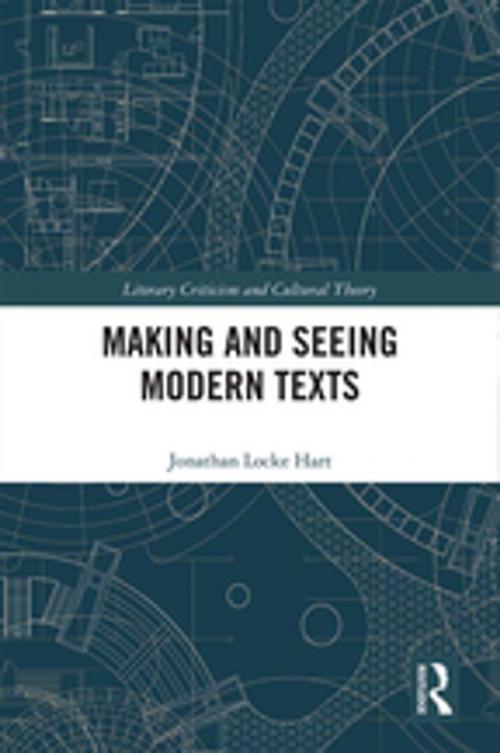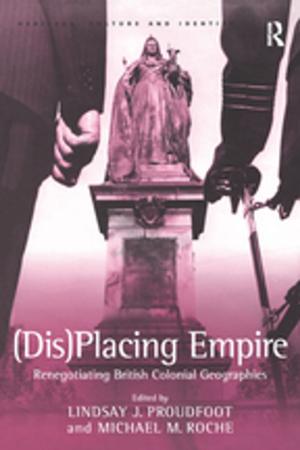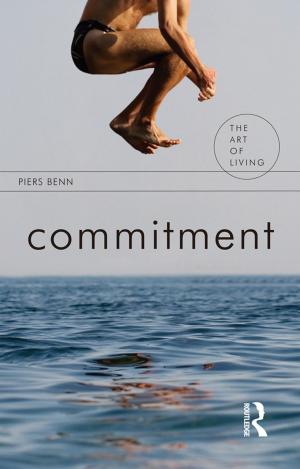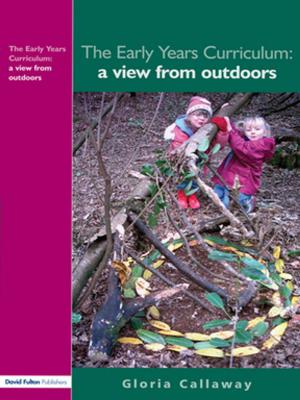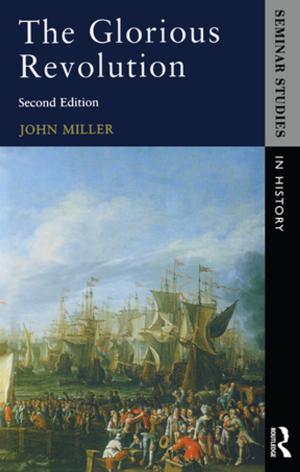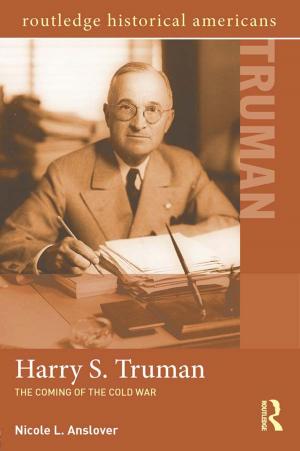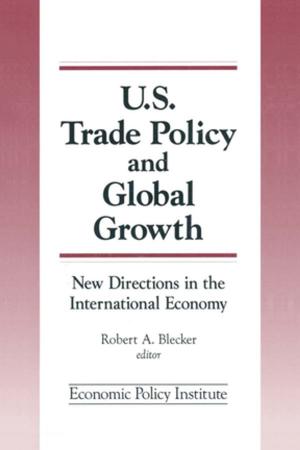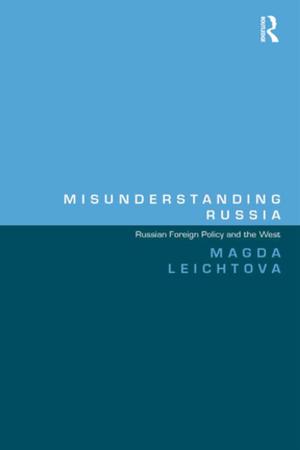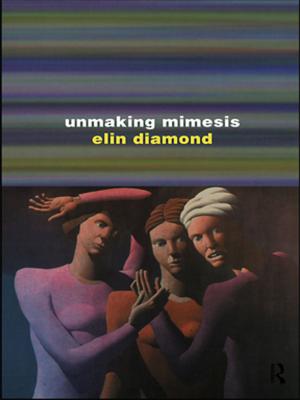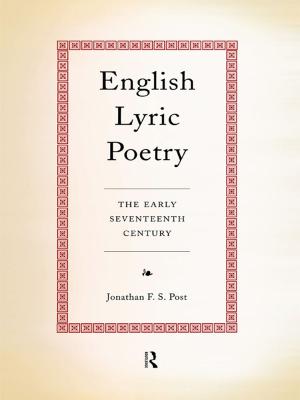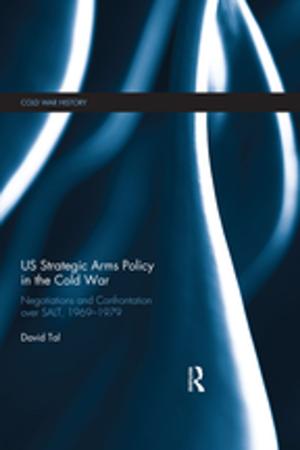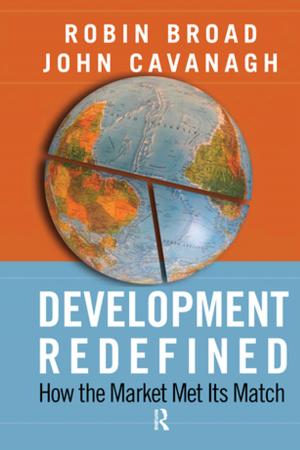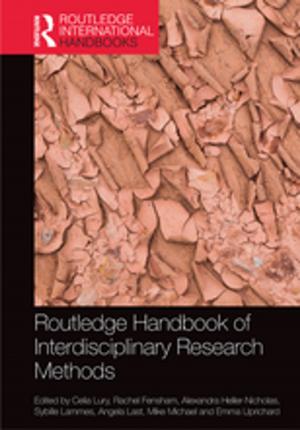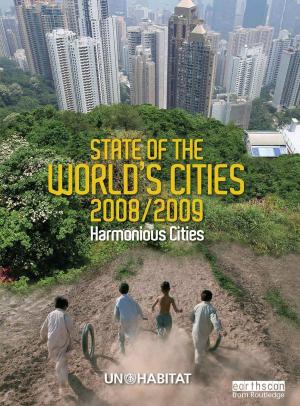| Author: | Jonathan Locke Hart | ISBN: | 9781351107853 |
| Publisher: | Taylor and Francis | Publication: | July 4, 2018 |
| Imprint: | Routledge | Language: | English |
| Author: | Jonathan Locke Hart |
| ISBN: | 9781351107853 |
| Publisher: | Taylor and Francis |
| Publication: | July 4, 2018 |
| Imprint: | Routledge |
| Language: | English |
Making and Seeing Modern Texts explores the poetics of texts through a close reading and analysis across the genres of poetry, drama, fiction, non-fiction travel literature and theory. This volume demonstrates that prose, as much as poetry, share the making and seeing of language, literary practice, and theory. Genre, then, is presented as a guide that crosses multiple boundaries. This volume selects different ways to examine texts, discussing Michael Ondaatje’s early poetry and examining narrative in Philip Roth’s The Human Stain. The book examines images in poetry, narrative in fiction, prefaces in non-fiction, metatheatre in drama, and attempts to see the modern and postmodern in theory, all of which show us the complexities of modernity or later modernity. One of the innovations is that the author, a literary critic/theorist, poet and historian, takes his training in practice and theory and shows, through examples of each, how language operates across genres.
Making and Seeing Modern Texts explores the poetics of texts through a close reading and analysis across the genres of poetry, drama, fiction, non-fiction travel literature and theory. This volume demonstrates that prose, as much as poetry, share the making and seeing of language, literary practice, and theory. Genre, then, is presented as a guide that crosses multiple boundaries. This volume selects different ways to examine texts, discussing Michael Ondaatje’s early poetry and examining narrative in Philip Roth’s The Human Stain. The book examines images in poetry, narrative in fiction, prefaces in non-fiction, metatheatre in drama, and attempts to see the modern and postmodern in theory, all of which show us the complexities of modernity or later modernity. One of the innovations is that the author, a literary critic/theorist, poet and historian, takes his training in practice and theory and shows, through examples of each, how language operates across genres.
